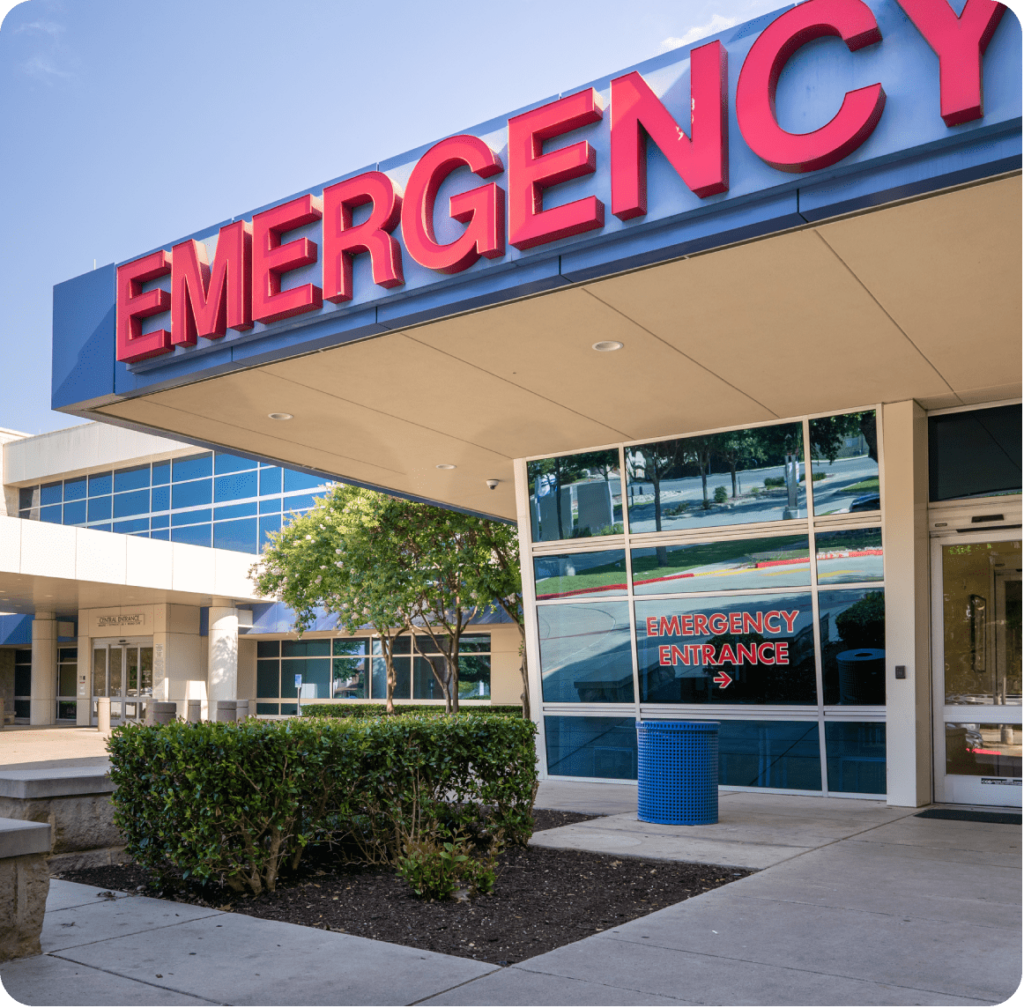| Urgent CARE | EMERGENCY ROOM | |
|---|---|---|
| Abscess drainage | ||
| Allergies and rashes | ||
| Bug bites | ||
| Broken bones and dislocated joints | ||
| Cuts and lacerations needing stitches | ||
| Cardiac resuscitation | ||
| Dehydration | ||
| Fever over 100 and under 6 months of age | ||
| Heart attack | ||
| Minor burns | ||
| Minor eye problems, including pink eye | ||
| Sprains and strains | ||
| Sports injuries | ||
| Sinus infection and congestion | ||
| Sudden blurred vision | ||
| Slurred speech | ||
| Vomiting and diarrhea |

What’s a true emergency?
Although this is not a complete list, below are some examples of true emergency situations:
- Extreme chest pain
- Slurred speech
- Sudden, severe pain
- Head or back injuries
- Consistent bleeding or vomiting
- Loss of consciousness
- Poisoning
- Major burns and cuts
- Any injury that is limb or life threatening
What’s an Urgent Care Need?
Urgent care centers are the right place to go for medical problems that need immediate—but not emergency—attention. Some examples of these types of medical situations include:
- Minor sprains
- Small cuts
- Sore throats
- Fevers
- Flu-like symptoms
- Ear infections
- Cannot get an appointment with your primary care provider

BENEFITS OF AN URGENT CARE
Today, patients choose to visit urgent care facilities for a variety of reasons:
- When your primary care physician is not available for immediate treatment
- When treatment is required for minor emergencies such as sprains, cuts, burns, contusions and minor fractures
- When an illness arises while a patient is traveling or out of town
- Shorter wait times than a freestanding or hospital emergency room
- Insurance co-pays and service costs often lower at urgent care centers


